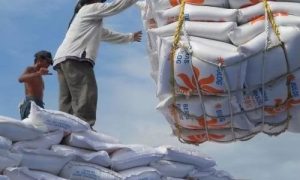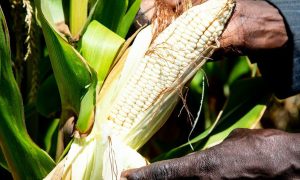‘Media collaboration key to unlocking potential of wetlands’

The Department of Bangladesh Haor and Wetlands Development (DBHWD), in partnership with ‘Amra Nari’ and the Marine Journalists Network (MJN), convened a workshop titled “Haor and Wetland in 100 Years.” Led by DBHWD Director General Md Akhtaruzzaman, the event featured discussions on media’s pivotal role in haor preservation. Experts, including MJN Vice-President Ehsanul Haque Jasim, emphasized haors’ unique significance, addressing challenges like siltation and climate change. The workshop concluded with a call for enhanced journalist capacity to ensure comprehensive coverage and sustainable development.
The immense potential of Bangladesh’s haors and wetlands can fully be realised with proper management and resource utilisation, leading to significant economic advancements and development in the tourism industry.
This was the central theme discussed in a workshop titled “Haor and Wetland in 100 Years,” organised by the Department of Bangladesh Haor and Wetlands Development (DBHWD) and ‘Amra Nari,’ in collaboration with the Marine Journalists Network (MJN).
The workshop, held in the department’s conference room, was presided over by DBHWD Director General Md Akhtaruzzaman.
MJN Vice-President Ehsanul Haque Jasim presented an article on the “Role of Media in the Conservation and Development of Haor” at the programme moderated by MM Zahidur Rahman, the founder of ‘Amra Nari.’
DBHWD Director Gazi Mizanur Rahman and former Additional Information and Broadcasting Secretary Md Farooq Ahmad also attended the event.
The event was attended by various experts and journalists who emphasised the pivotal role of media in promoting the conservation and development of haors and wetlands. In his keynote speech, Md Akhtaruzzaman stressed the need for media collaboration in preserving the country’s wetlands. He highlighted that proper conservation and management of these areas could significantly contribute to the country’s GDP, particularly by exporting freshwater fish, which he claimed could yield three times more profit than rice farming.
He also pointed out the potential environmental benefits, citing the Ratargul wetland model as an example that could be replicated in other regions.
Jasim emphasised the unique nature of haors, stating that apart from seven districts in Bangladesh and some areas in India, haors are found nowhere else in the world.
He noted the significant contributions of haors to food and fish production and underscored the need for better media coverage to raise awareness about the challenges and opportunities in these regions.
Speakers at the workshop also addressed issues such as siltation, which is a major problem for haors, and the impact of climate change, which threatens to submerge regions like Jashore, Noakhali and Barishal if global temperatures rise by 4 degrees Celsius.
They highlighted the need for increased educational and health facilities in the haor regions and called for government projects to be designed in ways that do not waste water resources.
Gazi Mohammad Anwarul Haque, secretary general of Save Our Sea, pointed out the inefficiencies in current water development projects such as the unnecessary construction of dams and the misuse of groundwater for rooftop fish farming.
He argued that proper conservation and management of haors will eliminate the need for such practices.
The workshop concluded with a call for action from the DBHWD to enhance the capacity of journalists through training programmes and field trips, ensuring more comprehensive and informed media coverage of water and wetland issues.
This collaborative effort underscores the critical role of media and journalists in harnessing the potential of Bangladesh’s haors and wetlands, aiming to drive economic growth and environmental sustainability.
Source Link : https://www.daily-sun.com/printversion/details/752443















